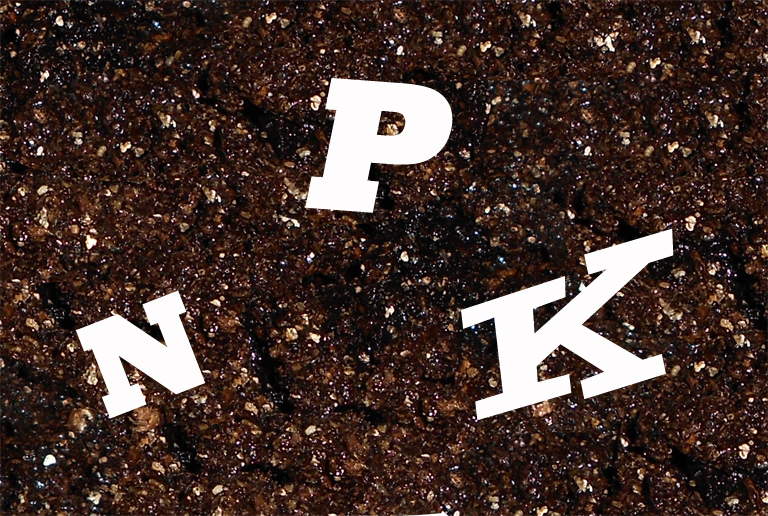|
|
|
|
|
|
|
|
|
|
Learning about elements and those found in soil. |
OBJECTIVES:

elements decomposers nutrient organic matter
MATERIALS: ELECTRONIC: BACKGROUND:
Nutrients in the soil are important to plants in order to survive.
Nutrients can be complex organic molecules like carbohydrates, fats
or protein. They can also be
inorganic like zinc or copper.
However all nutrients are composed of elements in a chemical state
that can be used by the organisms.
In a process called photosynthesis, plants use energy from the sun to
change carbon dioxide (CO2 - carbon and oxygen) and water (H2O-
hydrogen and oxygen) into starches and sugars. These starches and sugars
are the plant's food. Photosynthesis means "making things with
light". Since plants get carbon, hydrogen, and oxygen from the air and
water, there is little farmers and gardeners can do to control how much of
these nutrients a plant can use.
The 13 mineral nutrients, which come from the soil, are dissolved in water
and absorbed through a plant's roots. There are not always enough of these
nutrients in the soil for a plant to grow healthy. This is why many
farmers and gardeners use fertilizers to add the nutrients to the soil.
The mineral nutrients are divided into two groups:
macronutrients and micronutrients.
Macronutrients can be broken into primary and secondary nutrients.
The primary nutrients are nitrogen (N), phosphorus (P), and
potassium (K). These major nutrients usually are lacking from the soil
first because plants use large amounts for their growth and survival.
The secondary nutrients include calcium (Ca), magnesium (Mg), and
sulfur (S). There are usually enough of these nutrients in the soil so
fertilization is not always needed. Also, large amounts of Calcium and
Magnesium are added when lime is applied to acidic soils. Sulfur is
usually found in sufficient amounts from the slow decomposition of soil
organic matter, an important reason for not throwing out grass clippings
and leaves.
Micronutrients are those elements essential for plant growth which are
needed in only very small (micro) quantities. These elements are sometimes
called minor elements or trace elements. The micronutrients are boron (B),
copper (Cu), iron (Fe), chloride (Cl), manganese (Mn), molybdenum (Mo) and
zinc (Zn). Recycling organic matter such as grass clippings and tree
leaves is an excellent way of providing micronutrients (as well as
macronutrients) to growing plants.
Notice that all the components are ultimately composed of chemicals.
However, there are inorganic components that are "given" or
specific to an area. The ecosystem has to build itself on soil
(organic matter + rock). Organic matter is carbon based, but
rocks can be made of a variety of chemical compounds which add character
to a particular soil. Remember, minerals make-up rocks, and minerals can
be composed of elements or compounds.
PROCEDURE:
1.
Tell the students that today they will be looking at some of the elements
found on the Periodic Table. These elements are either found in nature or
manufactured. Hand out
the Periodic Table of the Elements Placemat.
Go over things like where is the atomic number and it goes
horizontally. The
symbol for the element is one or two letters.
Not all
the letters are abbreviations of the English word.
As they look at the samples tell them that they will need to use
words to describe them.
2.
On each table have a sample of the following elements: 3. Talk about that plants need nutrients to live including the Macronutrients of N, P, K, Ca, Mg, and S . And micronutrients including B, Cu. Fe, Cl, Mn, Mo, Zn
4.
Go over the powerpoint which shows what happens to plants if they
are low in nutrients, especially three of the most important
macronutrients, N, P and K. 5.
Use the worksheet and find the name and atomic number and write it in the
space provided. (optional) Then cut them
out and put them on the periodic table |